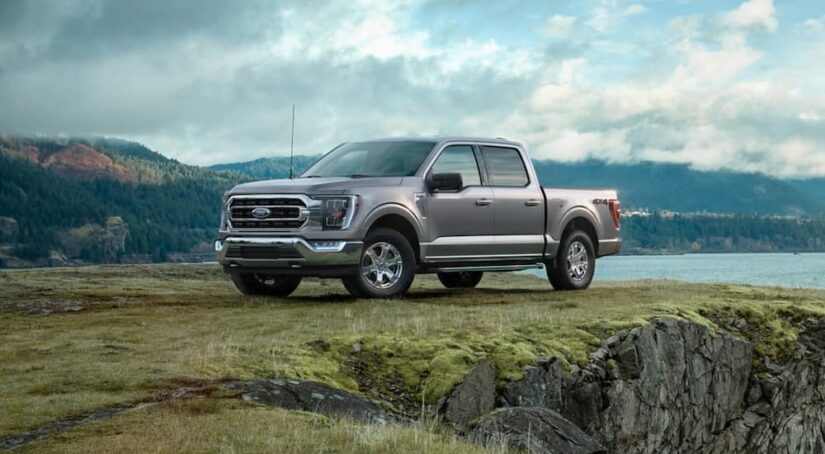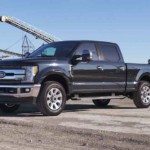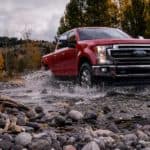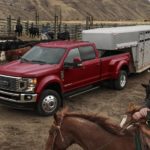When you are looking for a Ford F-150 for sale, it’s natural to wonder if you should consider the Ford Super Duty instead since there are some clear similarities between them. Both are massive, capable trucks that awe onlookers, so what is the difference between the F-150 and Super Duty? There are two main ones: size and performance. The Super Duty is larger than the F-150; in fact, it’s the largest heavy-duty truck on the market. It can tow more than the F-150, too, and has a larger payload capacity.
As a consumer, it’s important to know the differences between these two trucks as they serve very different markets. In addition to capability, they also differ in interior and exterior design. Neither is better than the other; they each have their purpose, and it’s imperative to know what those are before you head down to the Ford dealership for a new truck. You don’t want to end up with a vehicle that doesn’t align with your lifestyle.
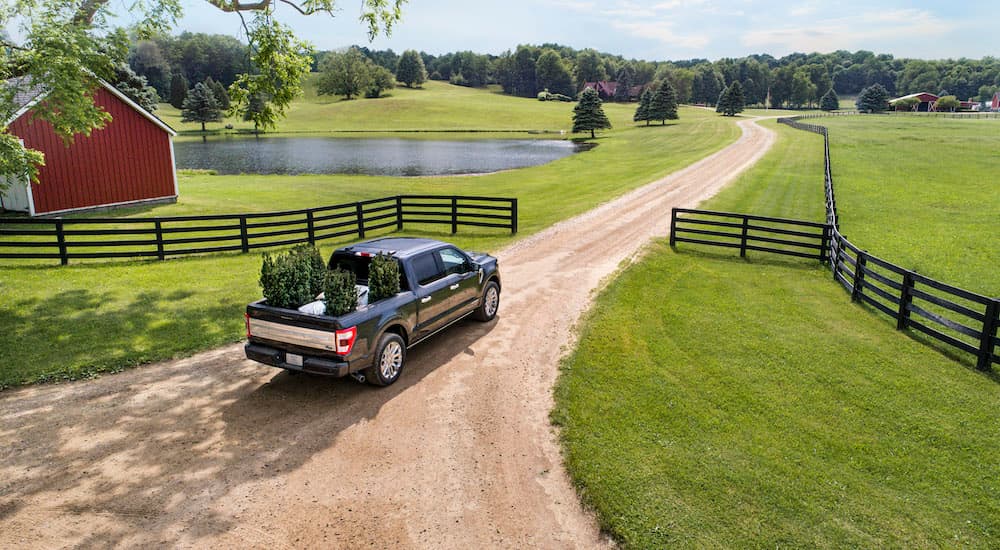
The Shared Origin of the F-150 and Super Duty
Ford has been making trucks since the 1910s, which means the manufacturer has over a century of experience sculpting the best trucks possible. You don’t need to trust me (or Ford) to believe this; the United States military used Ford’s trucks during World War II to win the war against the Axis powers. As Ford has continued to command the truck market, the automaker has widened the types of trucks available. While in the early 1900s, there was just the Model TT, there are now plenty of Ford truck options serving a wide variety of drivers.
Both the F-150 and the Super Duty can trace their history back to that Model TT. The effectiveness of those early Ford trucks allowed Ford to capture the pickup market. While the Model TT may look unimpressive now, without it there would be no Super Duty or F-150; the legacy of that model still lingers today.
Size Matters, But Not Always How You Think
The Ford Super Duty is much larger than the F-150. At its biggest trim, the F-150 has a curb weight of 5,740 lbs, and the Super Duty’s curb weight can climb all the way up to 7,530 lbs. Bigger might mean better, although that isn’t always the case. The size of a truck absolutely affects its capability, which we’ll get to momentarily, but there are other aspects to consider about the weight of these trucks beyond what their size allows them to do.
Depending on where you live, size may be a limiting factor. If you’re in a city, then the Super Duty’s stature could cause issues with parking and navigation. The F-150 is also big, but it’s noticeably more manageable on tight roads than the Super Duty.
What type of ride you want can play a part in how big you want your truck. Both are smooth rides on the road, but off the road, the heavy weight of the Super Duty can make for a turbulent journey. On the other hand, even taking the turbulent ride into account, some people feel safer off-roading when they’re in a larger vehicle, as it gives them a sense of command and security. What experience you want off-roading, if you even want that to begin with, could be a deciding factor.
The size matters for the price, as well. The Super Duty is more expensive than the F-150 by more than a couple of bucks. If you’re looking for a truck but don’t plan to do a ton of heavy towing or don’t plan to carry a heavy payload, the F-150 might be your better friend. If you DO plan to do some hard labor, though, the Super Duty’s capability just can’t be beaten.
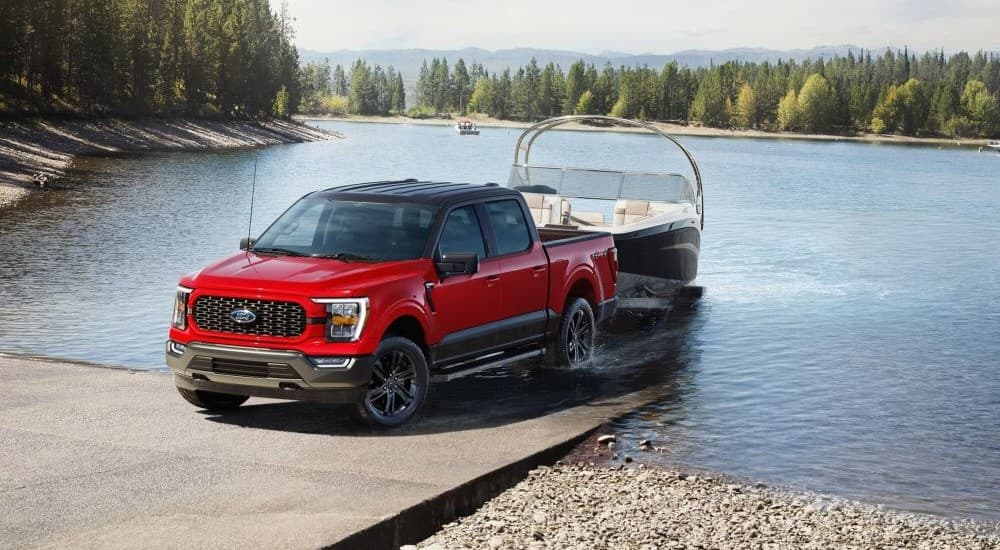
Ford’s Capable Trucks
Both of these trucks are made for towing. If you’re someone who needs a vehicle for labor, you aren’t going to go wrong with either of these. The Super Duty, however, goes the extra mile—no pun intended. Thanks to its 400 hp producing engine (and that’s just the standard: opt for a diesel engine, and you can get up to 500 hp), the Super Duty can tow 40,000 lbs. To put that in perspective, the Super Duty can basically tow five clones of itself. Its more durable structure permits it a hefty payload, too, at 8,000 lbs; this means it can basically carry a second Super Duty on its back.
For laborers, these numbers are tough to beat. Not only does this allow you to cut down on the number of trips you’d have to make since the sky is almost the limit with payload and towing, but the size and structure of the Super Duty also give you peace of mind on the road since you won’t have to worry about this beast letting you down or stalling due to the weight you’re carrying with you.
This is not to put down the F-150. That famed pickup can tow 14,000 lbs depending on its engine and trim. The payload can go up to 3,250 lbs—again, depending on trim and engine. For the average driver, these amounts are more than enough to get the job done. If you’re towing a trailer for vacation, the F-150 will treat you just fine. If you’re interested in toil, the F-150 will still treat you well—putting up better numbers than most other pickup trucks—but it simply can’t outdo the Super Duty.
Design Similarities
The good news is that, if you want to stay on a budget and the F-150 is more in line with what your wallet can do, you won’t be skimping on the exterior. Both trucks are gorgeous, and they don’t look radically different from one another. The Super Duty looks like a larger version of the F-150, as if the latter is its younger brother.
Both also come with safety features that are unique to trucks. Towing can be dangerous, so Ford has equipped both trucks with extra technology that gives the driver a better sense of command and awareness. Just take a look at the Smart Hitch, which is available on both models; this feature lets you know if the weight in your trailer is evenly distributed or if it risks lopsiding your trailer. It also lets you know the appropriate weight distribution as you add or remove items from your trailer.
There are a few differences in tech, however. The Super Duty arrives with the Tremor Off-Road Package installed, granting the driver all-terrain handling with Rock Crawl and Trail Control modes. On the flip side, the F-150 comes with a hybrid option that the Super Duty still lacks. For some, the package or hybrid option may be an extra enticement for choosing one of the respective models over the other.
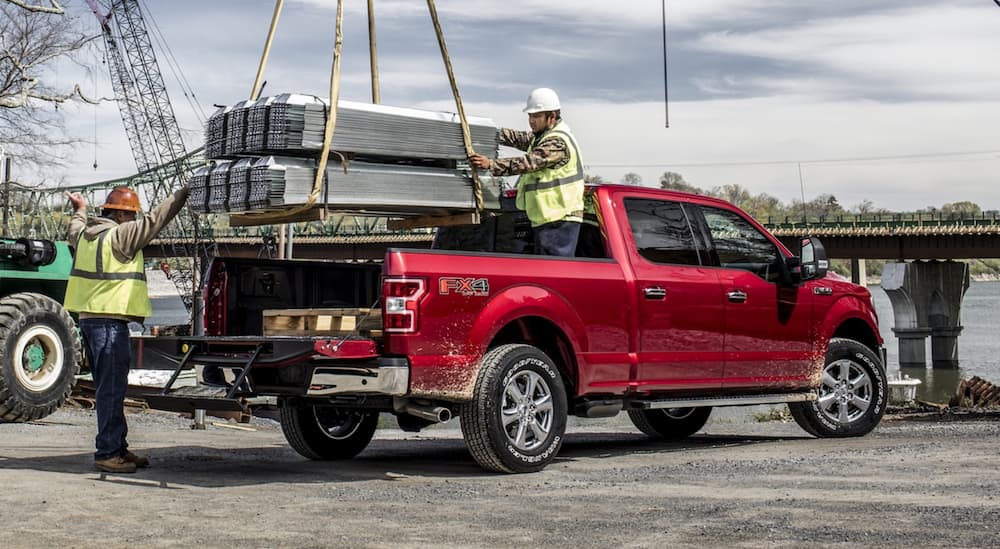
No Winner, Just Different Purposes
It’s wrong to say one of these trucks is better than the other. The Super Duty aims more for the labor market, while the F-150 is a little friendlier to the average driver. Each can serve both markets, but there’s no question they lean in opposite directions.
No matter which truck you go with, you’ll be sitting behind the wheel of a vehicle that originates in the history-making Model TT and has improved leagues since then. There’s something neat about knowing you’re in one of the freshest iterations of the truck that started it all.
